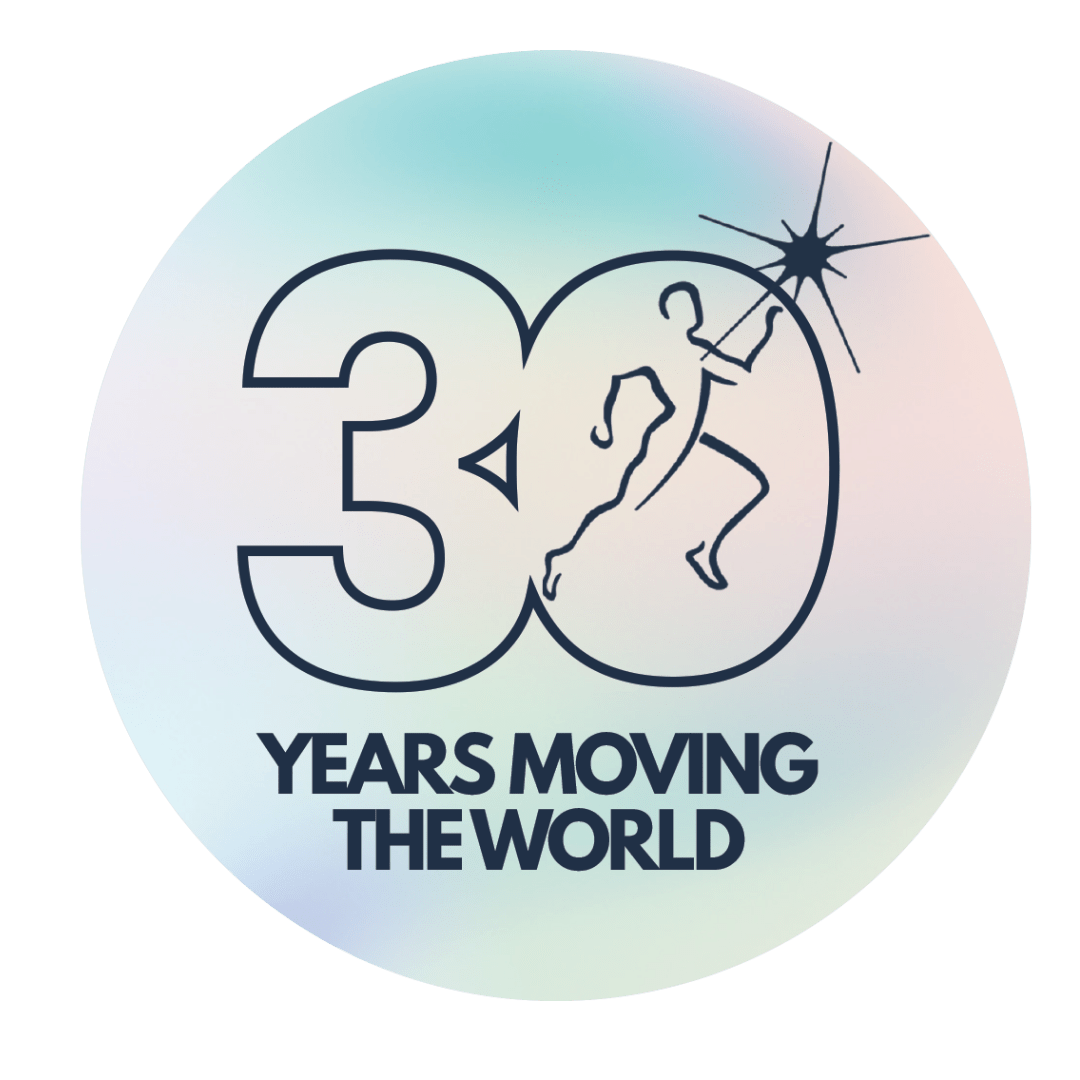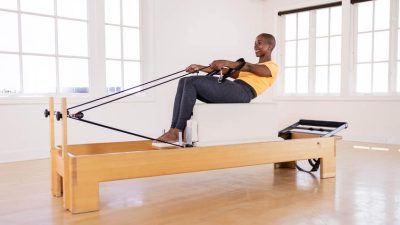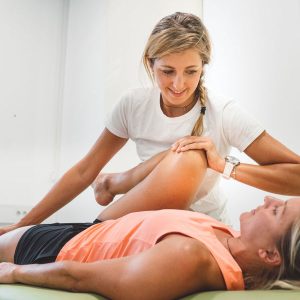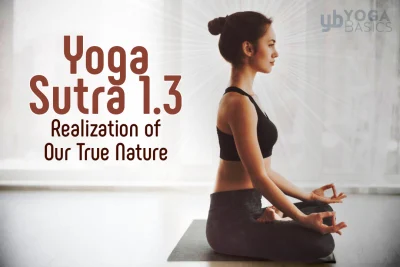
By Lynn Peterson
For physical therapists and Pilates instructors, there’s a powerful opportunity to bridge the gap between fitness and rehabilitation. Pilates offers a unique approach that can significantly enhance patient outcomes and promote a holistic recovery process. This blog delves into how Pilates principles and equipment can be leveraged in rehabilitation settings.
The Foundation of Pilates for Rehabilitation
At its core, Pilates emphasizes six key principles: concentration, control, centering, flow, precision, and breath. These principles ensure mindful movement, a critical aspect of rehabilitation where controlled movements are essential for healing. By focusing on mindful movement, Pilates helps patients regain strength, flexibility, and correct faulty movement patterns.
Benefits of Pilates in Rehabilitation
Pilates offers a multitude of benefits that directly contribute to successful rehabilitation:
- Core Strengthening: Pilates trains trunk stability by strengthening core muscles, providing a strong foundation for all movement. This enhanced stability is crucial for preventing future injuries and facilitating proper movement mechanics for functional activities.
- Improved Flexibility: Emphasis on eccentric strengthening and gentle stretching is incorporated into Pilates routines, promoting greater flexibility and reducing the risk of injuries. Eccentric strength allows for greater joint protection while improved flexibility allows for a wider range of motion, which is essential for daily activities and functional movement.
- Enhanced Posture: Pilates corrects postural imbalances and promotes proper alignment. This not only alleviates pain but also helps prevent future injuries by reducing stress on the joints and muscles.
- Balanced Muscle Development: Pilates exercises address muscle imbalances that can contribute to pain and dysfunction. Pilates exercises are performed emphasizing maintaining bony alignment and controlling movements throughout the motion range. This results in balanced strength and flexibility around all joints of the body, restoring balance and improving overall function.
- Joint Mobility: Low-impact movements in Pilates increase joint mobility without putting stress on the joints themselves. This improved mobility allows for pain-free movement and greater range of motion.
- Pain Relief: Strengthening and stabilizing the body through Pilates can significantly reduce pain, particularly in areas commonly affected by pain such as the lower back, neck, and shoulders.
Pilates for Specific Rehabilitation Needs
The versatility of Pilates allows it to be adapted to address a wide range of rehabilitation needs:
- Post-Surgical Rehabilitation: Gentle Pilates exercises can aid in the recovery process after surgeries like hip or knee replacements, or spinal surgery, by promoting gentle strengthening and improved mobility.
- Chronic Pain Management: For individuals with chronic pain conditions like low back pain, arthritis, or fibromyalgia, Pilates offers a gentle approach to building strength and flexibility, ultimately reducing pain and improving function.
- Injury Recovery: Pilates helps with recovery from sports injuries, sprains, and fractures by strengthening the affected areas and promoting proper movement patterns. This not only aids in healing but also helps prevent future injuries.
- Neurological Conditions: Conditions like Parkinson’s disease, multiple sclerosis, and stroke recovery can benefit from Pilates’ focus on coordination, balance, and muscle strength. Pilates exercises can help improve motor function and overall well-being for individuals with neurological conditions.
- Orthopedic Conditions: Pilates can be a valuable tool in the rehabilitation of scoliosis, osteoporosis, and joint replacements. By focusing on alignment, strength, and flexibility, Pilates helps improve function and manage these conditions.
- Pre-surgical Strengthening: Pilates has been an effective approach for pre-surgical strengthening as a tool to build strength without pain and establish correct movement patterns for optimal post-operative outcomes.
Integrating Pilates Equipment in Rehabilitation
Specialized Pilates equipment provides a unique environment to improve strength, flexibility, and movement pattern retraining in a rehabilitation setting.
- Reformer: The reformer offers variable resistance and support for exercises, allowing for a tailored approach to strengthening and improving flexibility.
- Cadillac (Trapeze Table): The Cadillac (trapeze table) facilitates supported exercises that can effectively increase flexibility and strength in a safe and controlled manner.
- Wunda Chair: The Wunda chair is ideal for lower limb rehabilitation, providing a platform for exercises that promote strength and balance in the lower body.
- Spine Corrector: The spine corrector assists in stretching and strengthening the spine, particularly beneficial for individuals with spinal conditions.
Case Studies and Evidence
Research supports the effectiveness of Pilates in rehabilitation:
- Studies have shown significant reductions in chronic low back pain with regular Pilates practice.
- Research indicates improved mobility and reduced pain in patients with hip osteoarthritis who incorporate Pilates into their rehabilitation program.
- Evidence supports the use of Pilates to enhance recovery after orthopedic surgeries, leading to faster and more complete healing.
Implementing Pilates in Rehabilitation Programs
Here are some key steps for successfully implementing Pilates in rehabilitation programs:
- Assessment: A qualified Pilates instructor or physical therapist should conduct a thorough assessment to understand the individual’s specific needs and limitations. This assessment helps tailor the Pilates program for optimal results.
- Individualized Program: The Pilates exercises should be tailored to the individual’s rehabilitation goals and medical condition. This ensures the program is safe, effective, and addresses the specific needs of each patient.
- Progress Monitoring: Regular monitoring of the patient’s progress is essential. The Pilates program can be adjusted as needed based on the patient’s progress and feedback. This ensures the program continues to challenge and improve the patient while remaining safe and appropriate.
- Integration with Other Therapies: Pilates can be effectively combined with other rehabilitation therapies for a holistic approach to recovery. Physical therapists can design a comprehensive program that incorporates Pilates alongside other modalities like manual therapy, massage, and therapeutic exercises.
Collaboration and Professional Guidance
Successful integration of Pilates into rehabilitation programs requires collaboration between Pilates instructors and physical therapists.
- Qualified Instructors: It’s crucial to involve certified Pilates instructors with experience in rehabilitation settings. These instructors possess the knowledge and skills to modify exercises safely and effectively for individuals with specific limitations.
- Collaboration is Key: Working closely with physical therapists and doctors allows for a comprehensive and cohesive rehabilitation plan. Physical therapists can provide guidance on appropriate exercise selection and progressions, while Pilates instructors can ensure proper technique and execution.
By working together, Pilates instructors and physical therapists can leverage the unique benefits of Pilates to create a safe, effective, and empowering rehabilitation experience for their clients.
Conclusion
Pilates offers a powerful, evidence-based approach to rehabilitation for physical therapists and Pilates instructors. By focusing on core strength, flexibility, and overall body alignment, Pilates can significantly enhance patient outcomes and improve quality of life. Whether recovering from surgery, managing chronic pain, or addressing neurological or orthopedic conditions, Pilates provides a versatile and effective method for rehabilitation.
About the Author
Lynn is a Doctor of Physical Therapy in Jacksonville, Florida. She is the founder and owner of Synergy Studio, a 3300 sq ft outpatient physical therapy practice with a fully equipped Pilates studio continuously operating since 2000. Lynn is a Senior Educator for Polestar Pilates Education LLC and an Educator for Oov Education.
You can read more about Lynn and her studio here!
Related







